Crate training: a definition from Wikipedia.org goes something like this. It is a process that is used to teach a pet to use a dog crate or small cage as a safe and familiar personal space which substitutes for a small cave used as a den by ancient wild dogs. Crate training advocates claim that dogs are naturally den dwelling animals. This article is a short instruction of how to crate train your dog correctly.
Crate Training From Square One
You can use a dog crate to give your dog his own special space inside your home. For your dog this will be a place that is safe that he can use as a special place like a den for privacy and personal time when he desires it. Some dog lovers will say wrongly that placing your dog such a small space as a crate is a cruel thing to do. It is not and is only cruel if you do it in a lengthily stretch that is more than a few hours. As a matter of fact, crate training your dog correctly has numerous pluses for both you and your pet. You should incorporate crate training into your dog training plans to avail both you and your dog of the many advantages of crate training.
Dogs will view a crate differently. Many dogs will view the crate positively and take to it right away. Some will be wary of a crate as a weird object and not want to go inside of it. Here is the number one caveat when crate training your dog. You must never force your dog to go in the crate. Alternatively, you must be crafty and coerce your dog to go into the crate of his own free will. If this step is done just right, your dog will love his/her crate and will go into it to sleep and will use it for privacy "to get away."
How To Familiarize Your Dog With The Crate
To start the ball rolling, you "present" the crate to your dog. So that your dog will get used to the crate being in the room you place a toy or a treat next to the crate and your dog will get used to going right up to the crate. This step takes several days. You start right off by playing with your dog near the crate and repeating this act for several days.
The crate should be first placed in the spot you want to keep it and in the room you want it to stay permanently. Place the crate in the selected room away from traffic areas of your home in a room that the family will spend some time in. A laundry room that is used regularly is an example. Do this so that your pet will not feel isolated and all by him/her self in a crate place placed way off in a space no one every goes!
Training Your Dog To Occupy The Crate
Now you want your dog to go inside his/her crate of his/hers own volition. A good way to accomplish this is to use a "bribe" Get his favorite toy or treat and place it inside the crate just far enough into the crate so that to get it he/she just has to put in their head into the crate. You will most likely see that your dog will only poke in a head into it and then back out immediately. This is OK, but you must make sure to praise your dog so that the experience a very positive one thus encouraging to keep doing it. This is very important.
You next do this crate experiment every day, slowly placing the treat or toy farther and farther inside the crate. You also want to have a first class and extremely comfortable dog bed in the crate just in case your dog wants to take a short nap on it.
It is inevitable that your dog will soon get used to going into the crate. Whenever you discover your dog inside the crate sit beside the crate and pet your dog liberally while your dog is inside the crate. Your dog will now feel that being in the crate is "good.": At his point always keep the crate door open all the way.
Training Your Dog To Remain Inside The Crate
You now repeat the above steps and try to get your dog to spend longer and longer time stretches inside the crate. Soon your dog will seem very comfortable with the crate and at this point close the door but do not latch it. You leave the door unlatched so that your dog can nose the door open and get out of the crate if he/she wants to.
In almost no time your dog will begin to love his/her crate and will use it as a retreat when feeling insecure, or wants privacy and will sleep in it. Should you decide to latch the door, be sure to provide your dog with fresh water at all times. However you must never leave your dog in a locked crate for extended periods of time.Make your life and your dogs easier by using crate training.

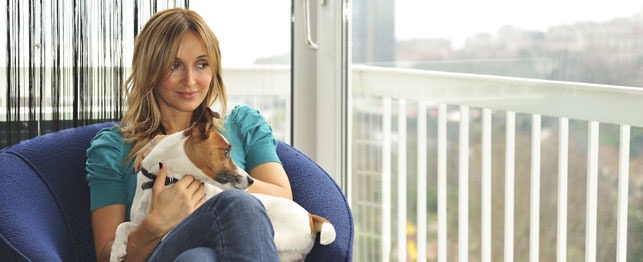 City Slickers: 5 Tips for Urban Living with Cats & Dogs
City Slickers: 5 Tips for Urban Living with Cats & Dogs
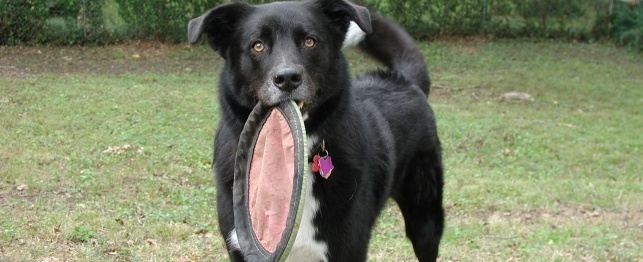 Safe Fetch Toys for Your Dog
Safe Fetch Toys for Your Dog
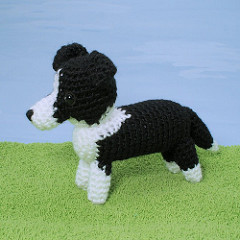 Train Your Border Collie Dog With These Helpful Hints
Train Your Border Collie Dog With These Helpful Hints
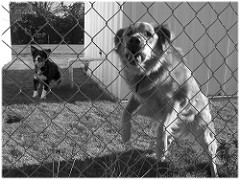 Stop Dog Barking: The Real Approach To Train Your New Family Dog.
Stop Dog Barking: The Real Approach To Train Your New Family Dog.
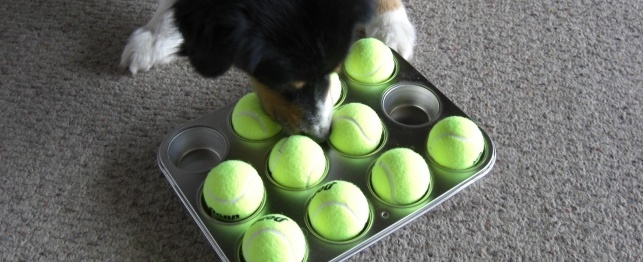 The Fabulous Muffin Tin Game for Dogs
The Fabulous Muffin Tin Game for Dogs
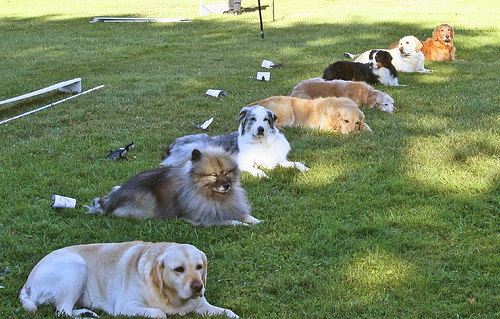 Canine Manners 101: Teaching your dog the basics of the 揝tay?Command
Canine Manners 101: Teaching your dog the basics of the 揝tay?Command
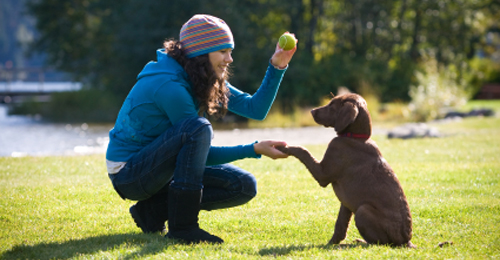 Teddy Bear Dog
Due for this, the actual who invests in professional canine
Teddy Bear Dog
Due for this, the actual who invests in professional canine
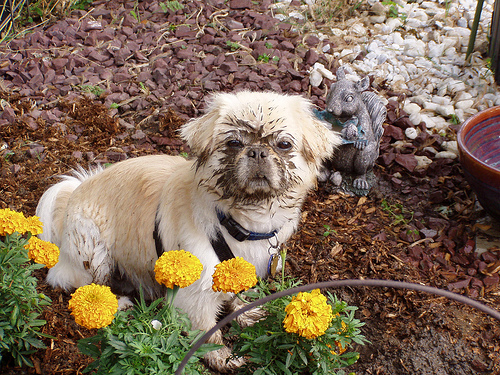 How To Deal With Dogs That Dig
How To Deal With Dogs That Dig
Digging can be a fr
How To Deal With Dogs That Dig
How To Deal With Dogs That Dig
Digging can be a fr
 Train Your Border Collie Dog With These Helpful Hints
The day your new puppy comes home with you will be filled
Train Your Border Collie Dog With These Helpful Hints
The day your new puppy comes home with you will be filled
 Doggie Play Dates: Are They for Your Dog?
Doggie Play Dates: Are They for Your Dog?
Doggie Play Dates: Are They for Your Dog?
Doggie Play Dates: Are They for Your Dog?
 How to Balance Your Pets Play and Relaxation
How to Balance Your Pets Play and Relaxation
How to Balance Your Pets Play and Relaxation
How to Balance Your Pets Play and Relaxation